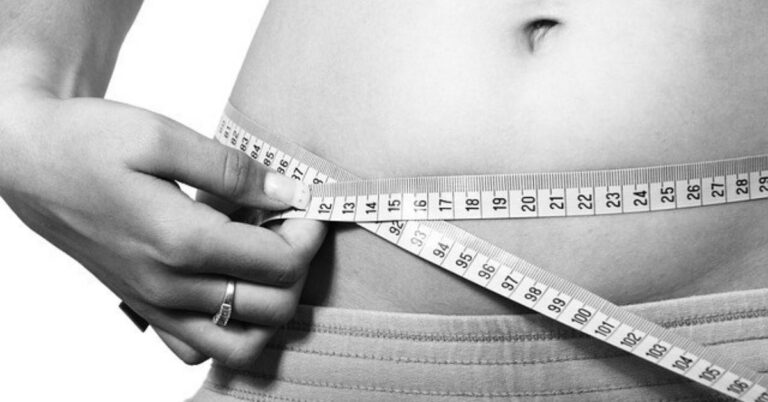Over the last few years, bodyweight training has surged in popularity as a practical and outdoor-friendly alternative to the gym.
A timeless exercise within bodyweight training that you shouldn’t overlook is the plank, known for its effectiveness in strengthening the core, just like push-ups and pull-ups are renowned for strengthening the chest, back and arms.
Planks are highly effective and beneficial for strengthening the abdominal muscles, improving posture, and preventing injuries.
How To Do The Basic Plank
Lie face down on the floor.
Position yourself like you would for a push-up, but use your elbows instead of your palms for support.
Keep your body straight and strong, avoiding any bending.
Visualize a straight line from your ears to your toes.
Relax your head, looking towards the floor.
Start by holding this position for 10 seconds, then gradually increase the duration.
To up the challenge, try lifting one arm or leg while keeping your core tight.
Maintain engaged abs, preventing your belly from sagging or hips from rising.
Keep your pelvis facing downwards to avoid arching.
Remember to breathe deeply and steadily.
VIDEO: HOW TO PLANK – THE RIGHT WAY
What Are The Benefits of Doing Planks Every Day?
Stronger Abs and Glutes
Planks are excellent for building a strong core.
They work various core muscles including the transverse abdomen, rectus abdominis, obliques, and glutes.
Training these muscles is crucial as each serves a specific function:
– Strong transverse abs lead to increased weight lifting capacity.
– A toned rectus abdominis enhances sports performance, particularly in jumping.
– Developed oblique muscles boost flexibility in bending and twisting.
– Engaging glutes provides support for the lower back.
Reducing the Likelihood of Injuries
Planks are a muscle-building exercise that is gentle on your back and hips.
Studies suggest that practicing planks can reduce back pain, strengthen your core, and provide solid back support, particularly in the upper body.
Boosting Your Metabolism
Doing planks can boost your metabolism, leading to increased calorie burning.
Practicing planks daily can help you burn more calories compared to other bodyweight exercises like push-ups, due to engaging multiple muscle groups at once.
Regular plank exercises lead to stronger muscles, which in turn result in higher energy expenditure even at rest.
This is beneficial, especially if you have a sedentary job involving prolonged sitting at a desk.
By incorporating just 10 minutes of light exercise into your daily routine before or after work, you not only enhance your metabolism but also sustain elevated metabolic rates for hours post-activity.

Enhancing Your Posture
Working on planks can greatly improve your posture.
Strengthening your core helps you maintain proper body alignment in any situation by giving extra support to your neck, back, shoulders, chest, and arms.
Enhancing Your Stability
Have you ever attempted to balance on one leg and found it challenging to sustain the position for more than a few seconds?
It’s likely that your core muscles are not sufficiently strong enough to offer the required stability.
Improving your core strength through planks and their variations can lead to a noticeable enhancement in various sports activities.
Increasing Your Flexibility
Planks offer a significant advantage in enhancing flexibility.
Holding a plank position helps stretch and strengthen your shoulders, shoulder blades, and collarbone, while simultaneously engaging your hamstrings, leg muscles, and toes.
By incorporating side planks, you can target the oblique abdominal muscles, leading to an overall improvement in flexibility.

Enhancing Physical and Mental Well-being
Planks have a unique impact on our nervous system, greatly boosting our mood by targeting stress and body tension-influencing muscle groups directly.
Sitting for extended periods at a desk can lead to muscle tightness and increased stress.
If you spend your workday seated in an office chair, you might notice your thigh muscles tightening over time, along with a sense of heaviness in your legs and increased tension in your shoulders.
This is a sign that stress is accumulating in your muscles and nerves.
The positive side is that incorporating planks into your routine can not only promote brain health but also alleviate anxiety and feelings of depression.
The more consistently you practice planks, the better you can fend off depression.
Common Errors to Avoid When Doing Plank Exercises
Common mistakes in plank exercises can be divided into two main categories.
The first group involves overestimating your abilities by attempting advanced variations too soon. Meanwhile, the second group relates to poor technique execution.
First, you must master the basic plank posture before progressing to more challenging versions. Rushing into advanced moves can lead to muscle imbalances and potential injuries.
Improper technique errors are equally important to address, such as sticking out the buttocks, shoulders dropping, or sagging stomach.
It is vital to maintain form to prevent injury and maximize the effectiveness of the exercise. If unsure about your form for this or any other exercise, leave a comment below.







